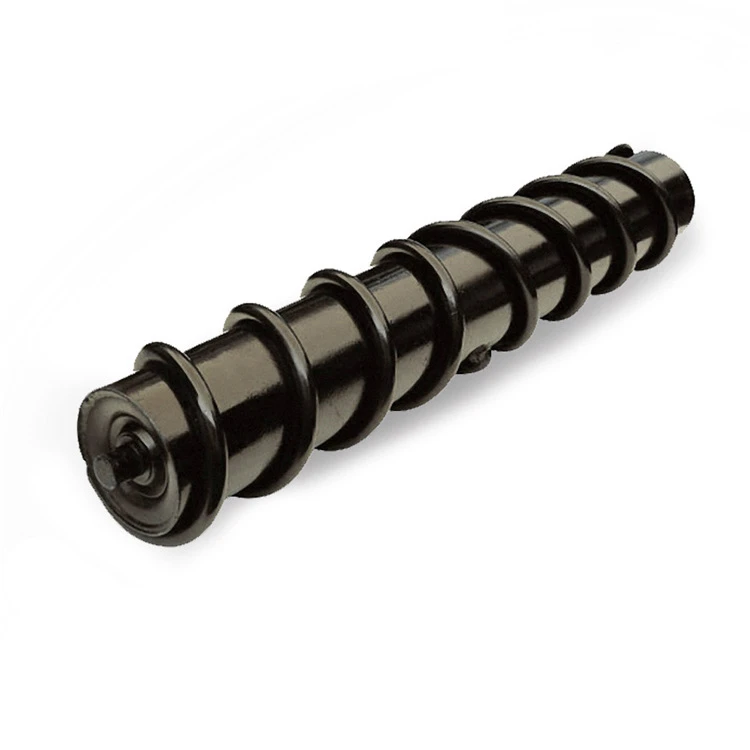 Afrikaans
Afrikaans  Albanian
Albanian  Amharic
Amharic  Arabic
Arabic  Armenian
Armenian  Azerbaijani
Azerbaijani  Basque
Basque  Belarusian
Belarusian  Bengali
Bengali  Bosnian
Bosnian  Bulgarian
Bulgarian  Catalan
Catalan  Cebuano
Cebuano  Corsican
Corsican  Croatian
Croatian  Czech
Czech  Danish
Danish  Dutch
Dutch  English
English  Esperanto
Esperanto  Estonian
Estonian  Finnish
Finnish  French
French  Frisian
Frisian  Galician
Galician  Georgian
Georgian  German
German  Greek
Greek  Gujarati
Gujarati  Haitian Creole
Haitian Creole  hausa
hausa  hawaiian
hawaiian  Hebrew
Hebrew  Hindi
Hindi  Miao
Miao  Hungarian
Hungarian  Icelandic
Icelandic  igbo
igbo  Indonesian
Indonesian  irish
irish  Italian
Italian  Japanese
Japanese  Javanese
Javanese  Kannada
Kannada  kazakh
kazakh  Khmer
Khmer  Rwandese
Rwandese  Korean
Korean  Kurdish
Kurdish  Kyrgyz
Kyrgyz  Lao
Lao  Latin
Latin  Latvian
Latvian  Lithuanian
Lithuanian  Luxembourgish
Luxembourgish  Macedonian
Macedonian  Malgashi
Malgashi  Malay
Malay  Malayalam
Malayalam  Maltese
Maltese  Maori
Maori  Marathi
Marathi  Mongolian
Mongolian  Myanmar
Myanmar  Nepali
Nepali  Norwegian
Norwegian  Norwegian
Norwegian  Occitan
Occitan  Pashto
Pashto  Persian
Persian  Polish
Polish  Portuguese
Portuguese  Punjabi
Punjabi  Romanian
Romanian  Russian
Russian  Samoan
Samoan  Scottish Gaelic
Scottish Gaelic  Serbian
Serbian  Sesotho
Sesotho  Shona
Shona  Sindhi
Sindhi  Sinhala
Sinhala  Slovak
Slovak  Slovenian
Slovenian  Somali
Somali  Spanish
Spanish  Sundanese
Sundanese  Swahili
Swahili  Swedish
Swedish  Tagalog
Tagalog  Tajik
Tajik  Tamil
Tamil  Tatar
Tatar  Telugu
Telugu  Thai
Thai  Turkish
Turkish  Turkmen
Turkmen  Ukrainian
Ukrainian  Urdu
Urdu  Uighur
Uighur  Uzbek
Uzbek  Vietnamese
Vietnamese  Welsh
Welsh  Bantu
Bantu  Yiddish
Yiddish  Yoruba
Yoruba  Zulu
Zulu Belt Conveyor Pulleys for Efficient Material Handling Solutions and Design Considerations
Understanding Belt Conveyor Pulleys A Key Component in Material Handling
Belt conveyors are one of the most efficient and widely used systems for transporting materials in various industries, including mining, agriculture, and manufacturing. Central to the functioning of a belt conveyor system is the conveyor pulley. Understanding the design, functionality, and maintenance of belt conveyor pulleys is crucial for ensuring the smooth operation of conveyor systems.
What are Belt Conveyor Pulleys?
Belt conveyor pulleys are cylindrical objects around which the conveyor belt loops. They serve multiple purposes driving the belt, redirecting its path, and providing tension. Typically, pulleys can be divided into several types, including drive pulleys, tail pulleys, and snub pulleys. Each type is engineered to fulfill a specific role in the operation of the conveyor system.
1. Drive Pulleys These are located at the head of the conveyor system and are responsible for driving the belt forward. Power is usually supplied to the drive pulley via an electric motor and a system of gears or chains. Drive pulleys must be designed to withstand considerable torque and stress, making their material and construction essential.
2. Tail Pulleys Located at the opposite end of the conveyor system, tail pulleys are crucial for maintaining belt tension and facilitating the return of the conveyor belt. They are equipped with a lagging surface to increase traction and reduce wear on the belt.
3. Snub Pulleys These pulleys help change the direction of the conveyor belt while also managing the tension. They are essential for ensuring that the belt remains properly aligned during operation.
Design and Materials
The design of conveyor pulleys is a significant factor in the overall efficiency and durability of a conveyor system. Pulleys are typically designed to optimize the power transfer from the motor to the belt while minimizing slippage. The selection of materials for pulleys is equally important; they are usually constructed from steel, aluminum, or composite materials depending on the application and load requirements.
belt conveyor pulley

Additionally, pulleys may be equipped with lagging, which is a surface coating that enhances friction between the pulley and the belt, thereby minimizing slippage and extending the lifespan of both components. The choice of lagging material—rubber, ceramic, or urethane—depends on the specific operating environment.
Maintenance Considerations
Regular maintenance of conveyor pulleys is essential to ensure the longevity and efficiency of the belt conveyor system. Common maintenance practices include
- Visual Inspections Regularly check for signs of wear, misalignment, and damage to pulleys.
- Lubrication Pulleys with bearings must be lubricated according to manufacturer recommendations to prevent excessive wear and overheating.
- Tension Adjustment Proper tension must be maintained for optimal performance. Too much tension can cause premature wear, while too little can lead to slippage.
- Cleaning Keeping pulleys free from buildup of debris and materials is essential to maintain their efficiency and prevent contamination of the belt.
Conclusion
Belt conveyor pulleys are fundamental components that contribute significantly to the effectiveness of material transport systems. By understanding their types, design considerations, and maintenance needs, operators can maximize the performance and lifespan of conveyor systems. Investing in high-quality components and regular maintenance not only enhances operational efficiency but also minimizes downtime, thus leading to increased productivity in various industrial applications. As industries continue to evolve, the importance of effective material handling solutions, like belt conveyor pulleys, will remain paramount in meeting the demands of modern logistics and manufacturing processes.
-
Revolutionizing Conveyor Reliability with Advanced Rubber Lagging PulleysNewsJul.22,2025
-
Powering Precision and Durability with Expert Manufacturers of Conveyor ComponentsNewsJul.22,2025
-
Optimizing Conveyor Systems with Advanced Conveyor AccessoriesNewsJul.22,2025
-
Maximize Conveyor Efficiency with Quality Conveyor Idler PulleysNewsJul.22,2025
-
Future-Proof Your Conveyor System with High-Performance Polyurethane RollerNewsJul.22,2025
-
Driving Efficiency Forward with Quality Idlers and RollersNewsJul.22,2025





























